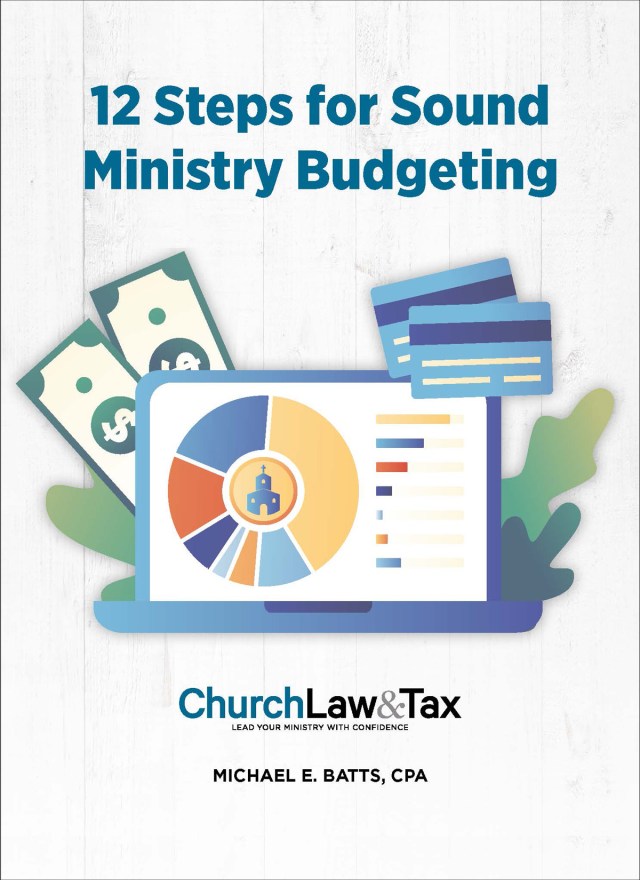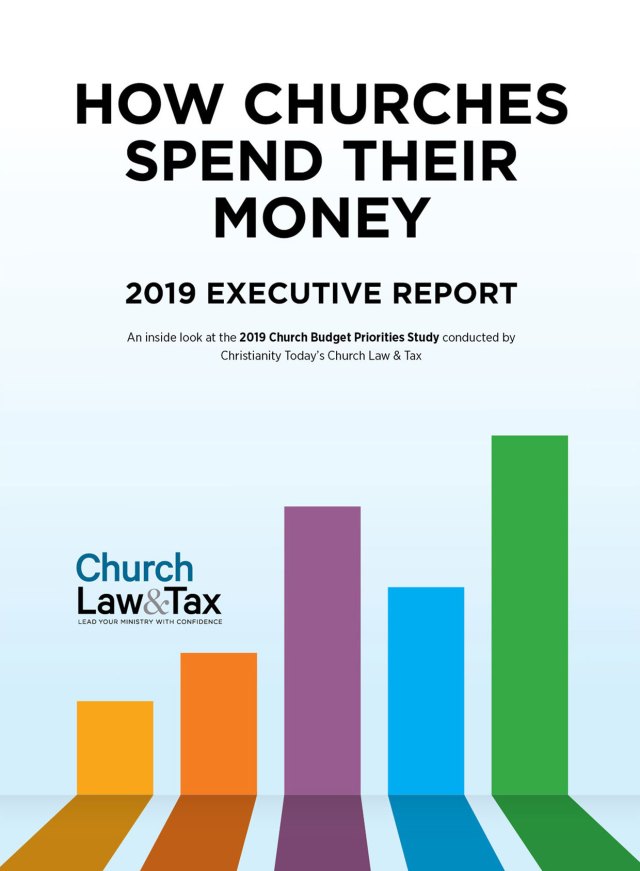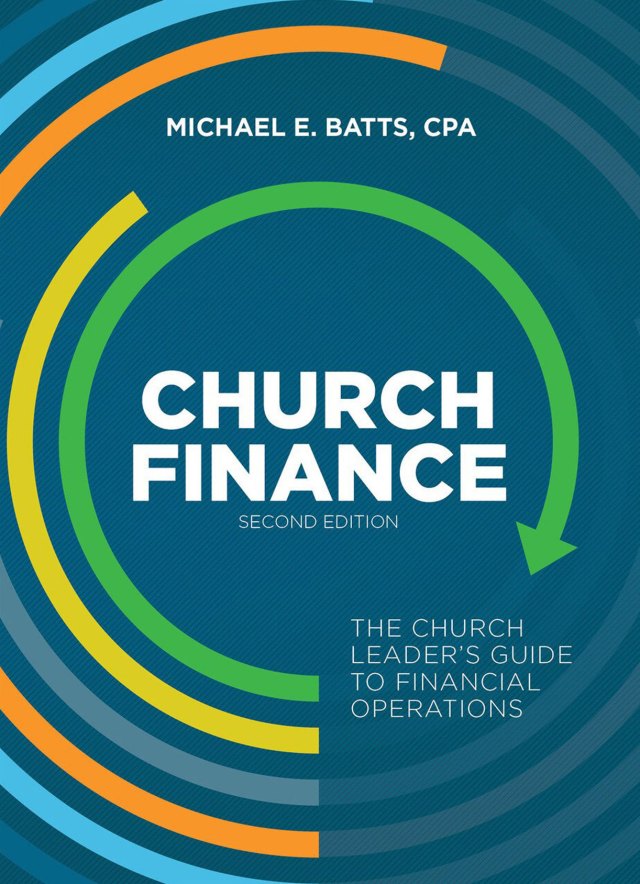The Barna Group teamed up with Cornerstone Knowledge Network to research current methods of planting and growing congregations. The results of the research are detailed in the book More Than Multisite: Inside Today’s Methods and Models for Launching New Congregations. What follows are their findings, adapted for this article, related specifically to financing the project and budgeting for the specific needs and priorities involved in planting a new church.
How do churches prepare financially for new churches? They rely on a variety of strategies for raising needed funds. Church plants are most likely to be organically self-funding—that is, giving increases as they grow and those funds cover increasing operational expenses. Nearly three-quarters of Planting Beginners (72 percent) say they primarily rely on this approach. Meanwhile, two-thirds of Planting Strategists (66 percent) also use this self-funding approach, but almost half (48 percent) say they also set aside a certain percentage of their operating budget for ongoing growth, since their expansion strategy specifically includes continued growth and regeneration. (See the sidebar “New Congregation Types” for a definition of each category explored in this article.)
Roughly one-quarter of Planting Beginners report they raise funds when they need them (26 percent) or have capital campaigns (20 percent). Planting Strategists, on the other hand, are least likely to wait until funds are needed to begin raising them (14 percent).
NEW CONGREGATION TYPES
For the purpose of the research, a “plant” is defined as a church that is intended to eventually operate independently, whereas a “multisite” campus is intended to remain part of a single church or congregation. Specifically, researchers identified these four categories:
Planting Beginner: This church planter is new to the church plant experience, having started only one or two semi-independent “daughter” churches.
Multisite Beginner: Similar to Planting Beginner, this type is new to the multisite experience, having started one or two spin-off locations from the original location.
Planting Strategist: This type has an intentional plan, having fine-tuned its approach by planting three or more semi-independent “daughter” churches.
Multisite Strategist: Similar to the Planting Strategist, this type also has an intentional plan that has been fine-tuned through creating three or more campuses from the initial site.
Interestingly, more than one-third of Multisite Strategists (36 percent) say they do not raise funds for growth in advance; they wait until they need them. It may be that the size of these church networks and the number of congregants they are able to rely on enables them to take this as-needed approach. A similar proportion of Multisite Strategists (34 percent) set aside a percentage of their operating budget for future growth, and nearly half rely on organic growth from increased giving.
Independent or connected?
How do churches rely on their network or sending church when it comes to financial matters—if they do at all? Church plants are most likely to operate completely or partially independently, with only 17 percent of Planting Beginners sharing all financial decisions with their sending church or churches. Planting Strategists operate in a more coordinated way, with one-quarter saying financial decisions are completely centralized (27 percent).
Multisites, however, tend to take the opposite approach. Among this network, Beginners have very close ties to the mother church; nearly two-thirds say financial decisions are completely centralized (63 percent). Slightly fewer Multisite Strategists have centralized budgeting processes (45 percent)—though still significantly more than church plants.
When budgets are centrally coordinated, how are new church locations funded? Financial allocations are most commonly made according to need (45 percent), or churches start out self-sufficient (31 percent). A minority of churches allocates based on campus or church attendance (16 percent), a set percentage of the overall church budget (12 percent), or a set percentage of campus income (7 percent). These allocations are mostly perceived as equitable—more than half (55 percent) say they are “definitely” fair, while 40 percent believe they are “somewhat” fair, which may indicate some latent dissatisfaction.
What matters most
To help church leaders of multisite and planting churches narrow their priorities for facilities to the essentials, researchers asked them to choose what is most important to invest in if they were to face budget constraints. The findings clearly reveal that children’s (and, to a lesser degree, youth) ministry areas are a top priority for all types of expanding churches.
Church plants (84 percent Strategists, 76 percent Beginners) most highly prioritize children’s ministry spaces, suggesting that many of these communities tend to attract and serve young families. Multisite churches (79 percent Strategists, 63 percent Beginners) also count children’s ministry as their number-one priority, albeit by a slightly narrower margin.
Given the importance of reaching and welcoming new visitors, researchers expected churches to place a high priority on gathering spaces such as the lobby or a café. Instead, just one in four Beginners see these as critically important, and even fewer Strategists consider them worth prioritizing if they faced budget constraints. This finding fits comfortably with other results that show the premium leaders place on children’s ministry to attract and minister to young families.
Cost versus good design
Pastors are split on the importance of managing costs versus investing in aesthetic design. Under the assumption that good design attracts people to the church, look and feel seem to be somewhat more important to multisite churches than to church plants.
Furthermore, Barna and Cornerstone Knowledge Network’s previous research with Millennials (born 1984 or later) reveals that the youngest adult generation highly values good design and a sense of place. Many Millennials are drawn to traditional churches. They also tend to prize local facilities that are tailored to their unique context. This lends support to the current multisite and church plant leaders’ bias toward quality facility design, but also suggests that greater investment in aesthetics could make a difference in attracting Millennials.
When it comes to functional design, as opposed to aesthetics, churches are reluctant to cut corners. Investing in this type of design means thinking through the ways a facility can help operations run more smoothly: How do people get in and out of the building? How does this flow align with the order of service? Is there ample support space for technical needs (such as lighting and audio/visual equipment)? Where can people meet and connect without interfering with other ministry spaces? Preference for good functional design is particularly strong among Multisite Beginners (74 percent).
Rob Cizek, executive pastor of Northshore Christian Church in Everett, Washington, cautions, “If you can’t afford it all at once, build half and lay groundwork for a phase two. Don’t get trapped in planning only for what you need now. Take the extra time to get the input from all the people who will be using the space, to build space that people really want to be in and use.”
Lessons learned from funding facilities
What did churches learn from their experience of finding, designing, and moving into a new facility? Most cite lessons about improved effectiveness in outreach as a result of thoughtful building design. For example, four in ten say choosing a traditional church building gave them credibility in their community. Some of the in-depth interviews revealed a similar theme: This is an intentional strategy of Christ the King in Boston, Massachusetts, for example, and one reason why some churches chose to merge with older, dwindling churches.
Another two in ten point to these benefits of intentional design:
- Tailoring the facility to a certain demographic (for example, having family-friendly facilities such as larger bathrooms or designated children’s spaces) helped the church reach that group more effectively.
- Investing in good design helped to attract newcomers.
- Being a part of physically restoring a neighborhood has built a strong sense of trust and openness in a new community.
These lessons suggest that thoughtful, intentional building design is very much on-strategy. And because these multisite churches and church plants are so mission-driven, the right space is a sound investment in what they feel God has clearly called them to do.
At the same time, many offer advice for what they would do differently if they could do their move over again:
- Build bigger and plan for more growth (echoed by in-depth interviews).
- Specifically, churches often say they would build more and larger classrooms, especially for kids and youth ministries.
- Plan better with a more intentional design for their specific needs.
- More carefully plan-out operational costs (for example, high sanctuary ceilings are difficult to heat and cool).
- Planting churches also say they would select a better location in the community for their church.
- Some multisite churches say they would consider access issues (handicap accessibility, access from the road, and parking) more carefully.
This article is adapted from More Than Multisite: Inside Today’s Methods and Models for Launching New Congregations. Used with permission. For more information, go to barna.com/more-than-multisite.





